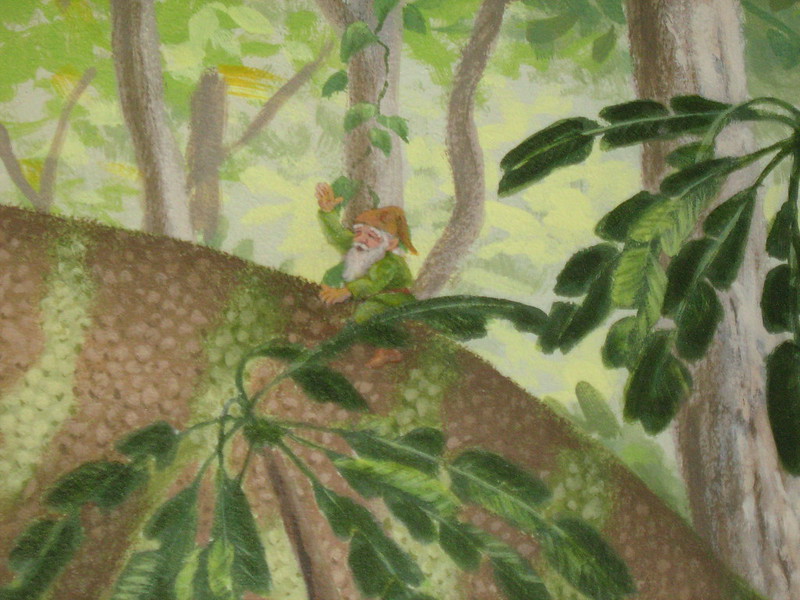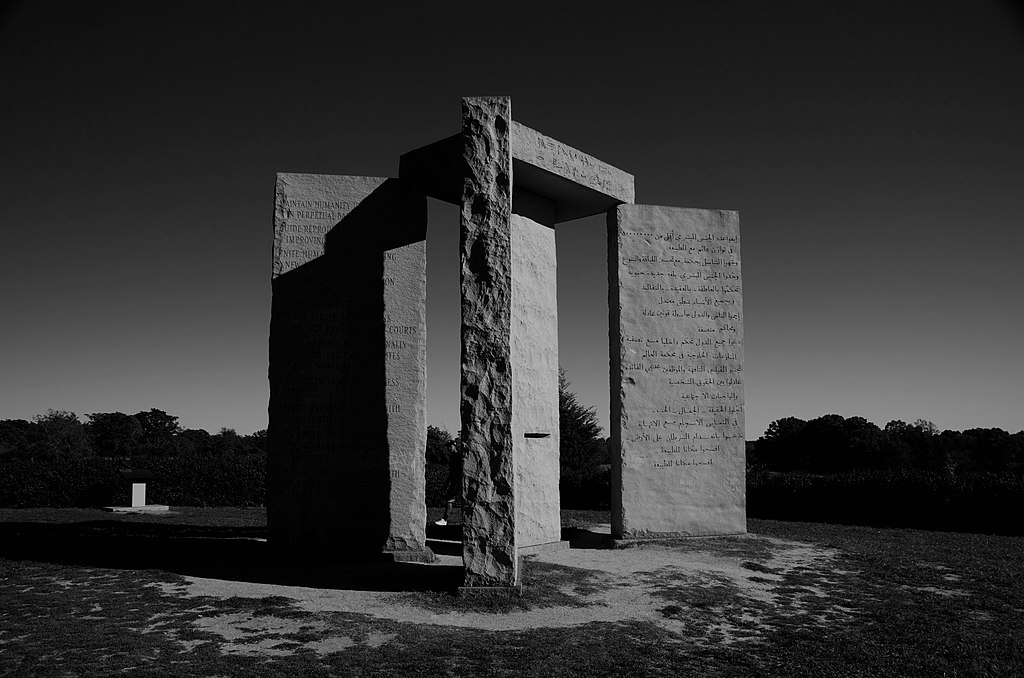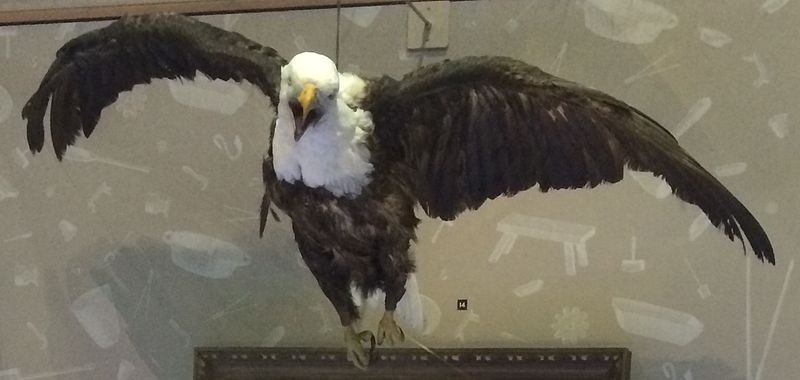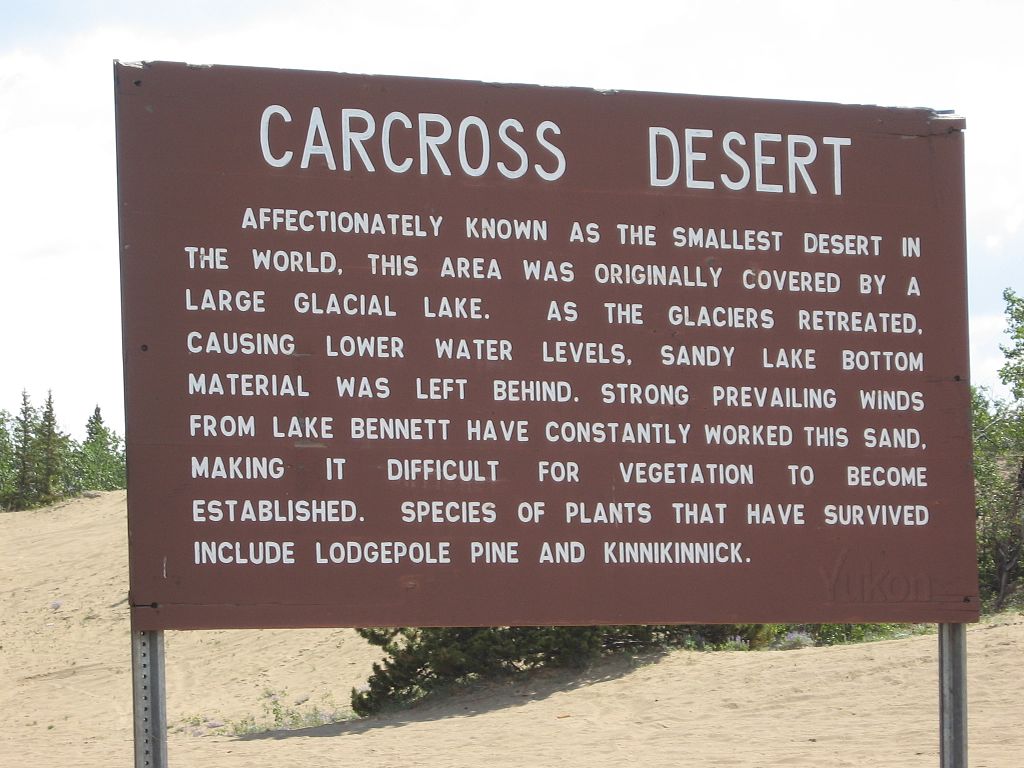Early visitors to Kenya’s Kitum Cave found the walls curiously scratched and furrowed: They discovered that elephants frequent the cave each night to scratch rocks from the walls, which they eat for their salt content.
They have done this for centuries, enlarging the cave significantly in the process and effectively converting it into a salt mine, which they now share with other species.






